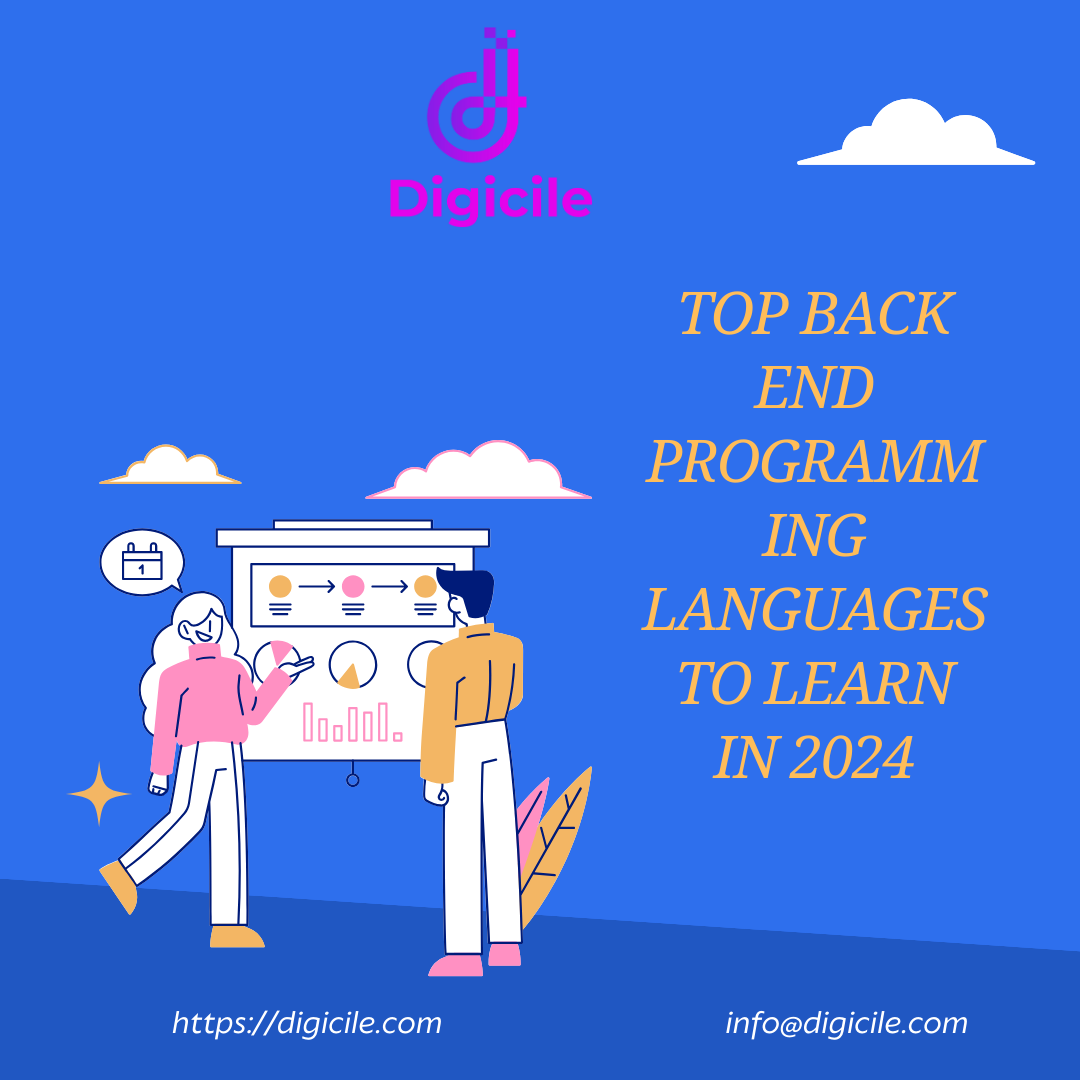Choosing the right back-end programming language is crucial for developing robust and scalable web applications. As technology evolves, certain languages continue to stand out for their performance, versatility, and community support. Here’s a guide to some of the top back-end programming languages you should consider learning in 2024:
Introduction
- Importance of choosing the right back-end programming language
- Overview of the criteria for selecting a back-end language
1. JavaScript (Node.js)
- Overview: The rise of JavaScript beyond front-end development with Node.js
- Key Features: Asynchronous event-driven model, scalability, vast npm ecosystem
- Use Cases: Real-time applications, APIs, microservices
2. Python (Django, Flask)
- Overview: Python’s popularity in web development and data science
- Key Features: Clean syntax, extensive libraries, Django’s batteries-included framework vs. Flask’s lightweight approach
- Use Cases: Content management systems, scientific computing, machine learning APIs
3. Java (Spring Boot)
- Overview: Java’s longstanding presence in enterprise applications
- Key Features: Robustness, platform independence, Spring Boot’s convention over configuration
- Use Cases: Large-scale applications, financial systems, e-commerce platforms
4. Ruby (Ruby on Rails)
- Overview: Ruby’s focus on developer happiness and productivity
- Key Features: Agile development, convention over configuration, ActiveRecord ORM
- Use Cases: Rapid prototyping, startups, content-heavy applications
5. PHP (Laravel, Symfony)
- Overview: PHP’s role in server-side scripting for web development
- Key Features: Simplicity, performance improvements, Laravel’s expressive syntax vs. Symfony’s modular components
- Use Cases: Web applications, e-commerce platforms, CMS development
6. Go (Golang)
- Overview: Go’s emergence for building scalable and efficient systems
- Key Features: Concurrency, built-in networking, static typing
- Use Cases: Distributed systems, cloud services, microservices architecture
Conclusion
- Summary of each language’s strengths and use cases
- Considerations for choosing the right back-end programming language in 2024
- Resources for further learning and getting started with your chosen language
Choosing a back-end programming language depends on factors such as project requirements, scalability needs, community support, and personal preferences. By mastering one or more of these top back-end programming languages, you’ll be well-equipped to build powerful and scalable web applications that meet the demands of modern software development in 2024 and beyond.






